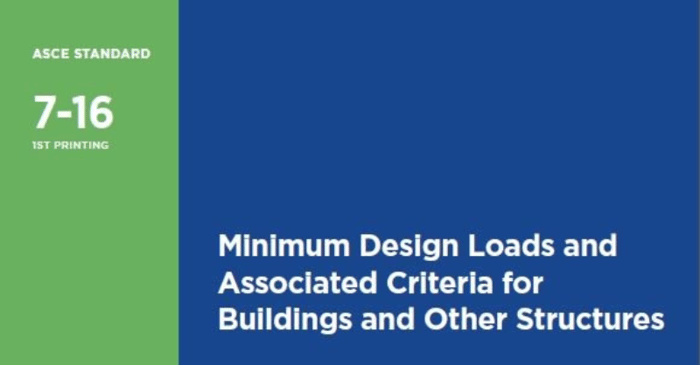
October 25, 2018
ASCE 7-16 Is Now Available!
The 2016 edition of ASCE Minimum Design Loads and Associated Criteria for Buildings and Other Structures (ASCE 7-16) is now available in RISA-3D v17.0, RISAFloor v13.0, and RISAFoundation v11.0!
Halloween isn’t just for candy and costumes—it’s the perfect time to test your spooky engineering skills! We’ve brewed up a Halloween-themed RISA Jeopardy game, packed with fun, easy questions about our software. Tip for readers: Try to answer before revealing the “treat” below each question! 💀 Can You Count? 100 – RISACalc: How many components are currently available in RISACalc? 10 (Beam, Column, Steel Joist, Composite Beam, Retaining Wall, Spread Footing, Wall Footing, Drilled Pier, Seismic Load, Wind Load) 200 – FD: How many Data Entry spreadsheets are available in RISAFoundation? 25 300 – RISA-3D: How many countries or regions have building codes supported in RISA-3D? 9 (US, Canada, Mexico, Europe, Great Britain, India, Australia, New Zealand, Saudi Arabia) 🎃 Adaptable 100 – ADAPT: Which of these is not an ADAPT product? ADAPT-Builder, ADAPT-Felt, ADAPT-Floor, ADAPT-ABI ADAPT-Floor 200 – ADAPT: Which mode of ADAPT-Builder is used to design slabs-on-grade on expansive soils using the PTI method? ADAPT-SOG 🕸️ The Whole Family 100 – Other: This steel detailing software and fellow Nemetschek brand has a built-in export option in RISA-3D. SDS2 200 – Other: Which design code is the most common in our software, found in 8 of our 10 programs?…
Read More

The 2016 edition of ASCE Minimum Design Loads and Associated Criteria for Buildings and Other Structures (ASCE 7-16) is now available in RISA-3D v17.0, RISAFloor v13.0, and RISAFoundation v11.0!
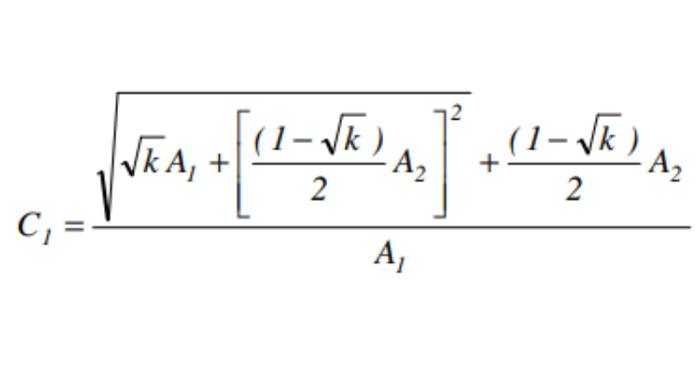
Eurocode lateral torsional buckling capacity is calculated per equations in Annex F in the ENV 1993-1-1:1992. This calculation uses variables C1, C2 and C3. Since there is no generic formula in the Eurocode to calculate the moment gradient factor, C1, RISA will use the widely accepted López, Yong...
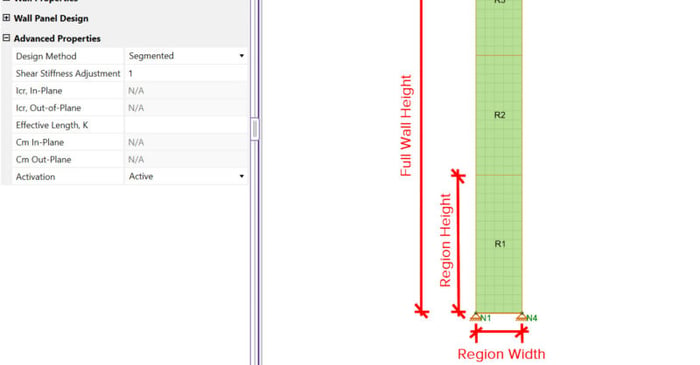
With the initial implementation of wood wall design in RISA-3D, the wall aspect ratio was calculated as the full height of the wall divided by the width of the region.This was intended to accommodate balloon framed multi-story walls that were drawn as one continuous wall stack. With recent...
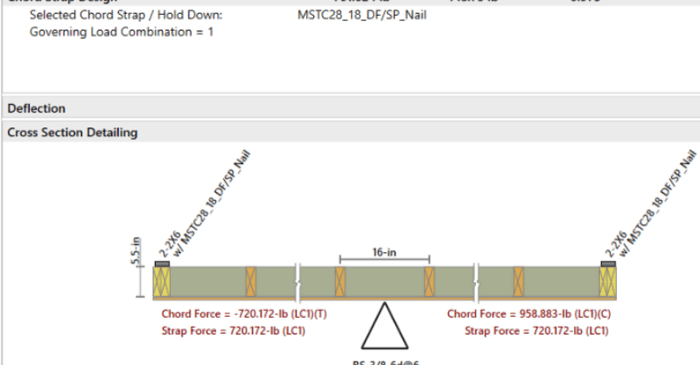
With the recent release of RISA-3D v17 the program now offers the user the option to use Chord Straps between floors of a wood shear wall building in lieu of using hold downs. Chord Straps are a great option for transferring tension load between floors of a multi-floor building and can be installed...
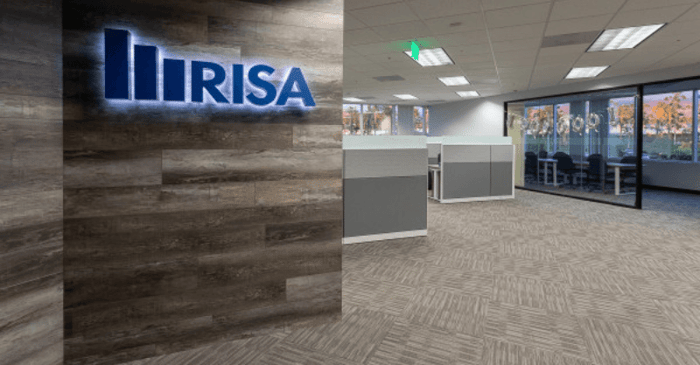
RISA recently completed renovations to their Foothill Ranch, CA office. The renovations include a new kitchen and coffee bar, new conference rooms and updated open office concept that allows various departments to easily work collaboratively together.
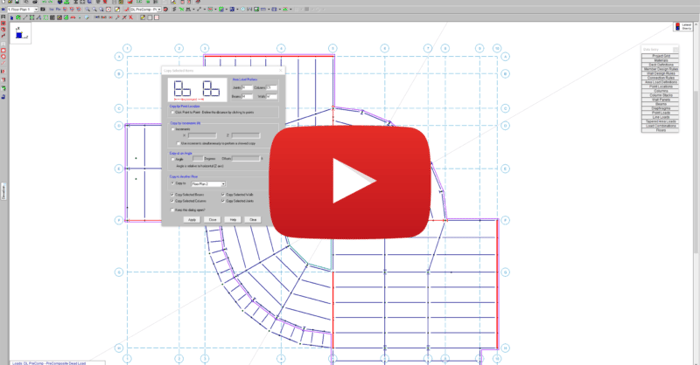
RISAFloor v13 includes a variety of modeling features which allows users to quickly create and manipulate geometry. These features include construction lines, saved selections and copy elements from floor to floor. Overall, these features can be used to help engineers streamline their modeling...
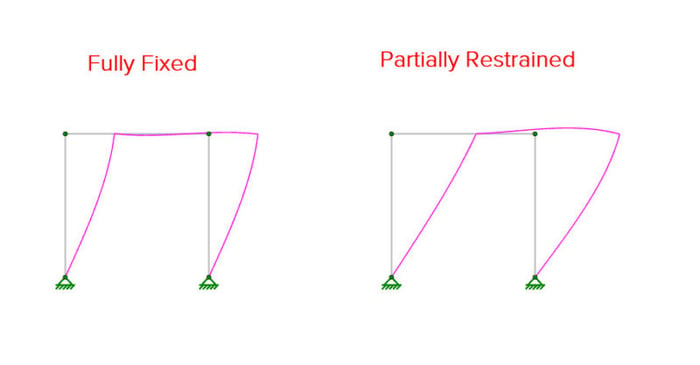
RISA-3D v17.0 now has the ability to model partial fixity member end releases. Partial fixity end releases can be utilized in RISA to model the behavior of a partially restrained or semi-rigid connection that cannot be idealized as fully fixed or pinned. Partially restrained connections are common...
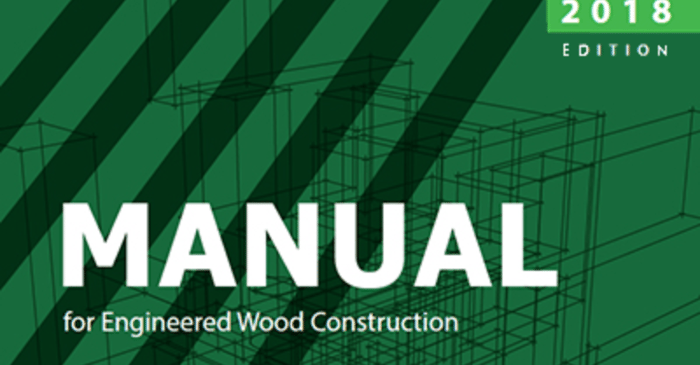
The new AWC NDS 2018 code has been implemented into RISA-3D v17.0 and RISAFloor v13.0. To select this code for your design, simply choose this code from the Codes tab within Model Settings.
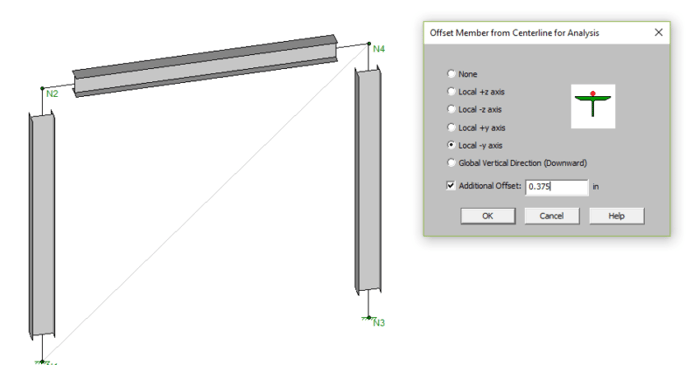
RISA-3D v15 includes "analysis offsets" which moves the centroid of the member for analysis allowing for flexibility in how members are designed. Let's use a WT brace to demonstrate how this feature can be utilized. When you model a WT brace it exists at the member centroid, which means that no...
Our monthly "Structural Moment" newsletter is the best way to keep up with RISA’s product updates, new releases, new features, training events, webinars and more...